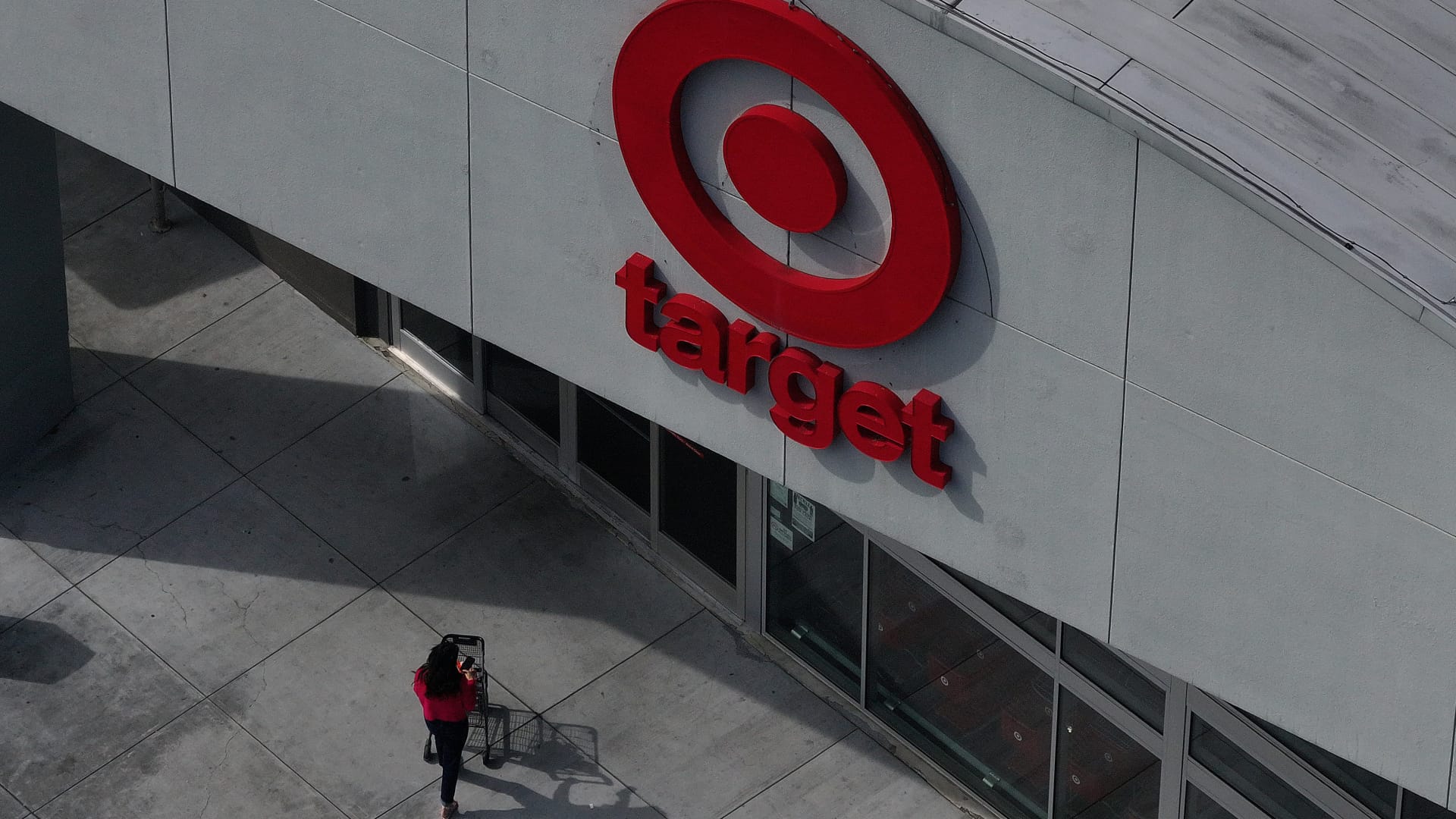Target plans to intensify its focus on its third-party marketplace, media network, and same-day delivery services to drive over $15 billion in revenue growth over the next five years, as announced at an investor meeting in New York City. The retailer’s strategy to grow its business and compete more effectively against rivals like Walmart and Amazon comes amid challenges in growing sales of high-margin discretionary merchandise and reclaiming its competitive edge.
Target’s shares fell more than 5% in early trading on Tuesday after the company reported its fiscal 2024 fourth-quarter earnings and warned investors of a “meaningful” drop in profits during the current quarter due to sluggish sales in February. As of Monday’s close, the company’s shares are down nearly 11% this year.
In its presentation to investors and analysts, Target outlined a robust growth strategy to recapture the so-called Tarzhay magic that has long made it a consumer favorite. The company aims to enhance the store experience, introduce new and exciting products, and invest in its supply chain for greater efficiency.
CEO Brian Cornell highlighted plans to expand the third-party marketplace to offer a broader range of items to consumers, drawing inspiration from Walmart’s approach to mimic Amazon’s model for boosting revenue. Both legacy retailers are turning to digital sales and the unlimited supply from third-party sellers as paths to growth as more consumers shop online and physical store expansion becomes limited.
Target plans to “dramatically expand the size” of its marketplace, growing third-party digital sales from about $1 billion in 2024 to over $5 billion by 2030. Unlike Amazon and Walmart, Target is focusing on major brand names rather than small third-party resellers.
“Rather than opening the doors to any seller, we’re focused on building relevance and trust by working with partners that complement our assortment and help us provide more of the breadth consumers are looking for,” said Chief Commercial Officer Rick Gomez.
This includes bringing household names like Peloton, Daily Harvest, and Honest Baby Clothing to the platform. Chief Guest Experience Officer Cara Sylvester emphasized that Target’s invitation-only approach remains the right strategy, noting that Target Plus now generates over $1 billion in gross merchandise value, having grown more than 35% in the past year.
Beyond the marketplace, Target aims to double the size of its in-house media company, Roundel, by 2030. The unit drove over $2 billion in value last year, mirroring Walmart’s strategy with its in-house advertising platform, Walmart Connect.
CEO Brian Cornell stressed that the company will also focus on retail fundamentals it has been criticized for neglecting: fresher products, revamped stores, and better in-stocks.
“There are some forever truths in retail. One of them is, retail is about product, and the best product at the best value wins,” Chief Operating Officer Michael Fiddelke said during the meeting.
Having a wide range of fresh products is crucial to Target’s success and has long been its primary competitive advantage. Fans say one doesn’t enter a Target store with a shopping list—they discover new products while buying essentials.
To address lagging discretionary sales, Target plans to expand its gaming, sports, and toys assortment and boost its home selection, a key high-margin category. It will also grow its owned brands with a new series of Good & Gather Collabs, featuring celebrity chefs like Ann Kim. Target plans to unveil 600 new food and beverage items across Good & Gather and Favorite Day, another private label brand, and revamp its pet supplies brand, Boots & Barkey.
The company aims to improve its apparel supply chain to reduce the time it takes to design, source, and stock products, allowing it to respond more quickly to trends and better compete with Chinese e-tailers like Shein and Temu.
Target plans to invest between $4 billion and $5 billion in stores, supply chain, and technology to reduce out-of-stocks and implement new delivery methods to boost delivery speeds. These investments will include modernizing the company’s legacy inventory management system with “AI-powered technology solutions.”
“We know there’s no Tarzhay magic if you can’t find the item you were looking for because we were out of stock or we didn’t delight you in-store,” said Fiddelke.
Target also plans to open 20 new stores, mostly large formats, and invest in remodels across its fleet. — news from CNBC
